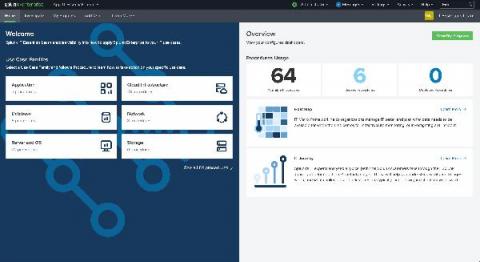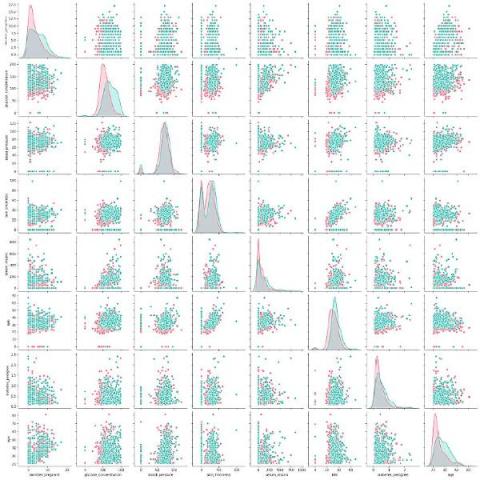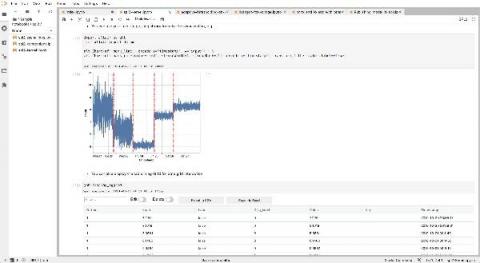A New Fast Lane to Value: Introducing Splunk's IT Essentials Learn and Work Apps
We often hear that our customers love using Splunk, know the power behind our platform and want to expand usage to IT. But they aren’t sure what steps to take first. We want our customers to maximize their Splunk investment and get them jump-started with Splunk for IT use cases by providing the guidance and best practices they seek.








